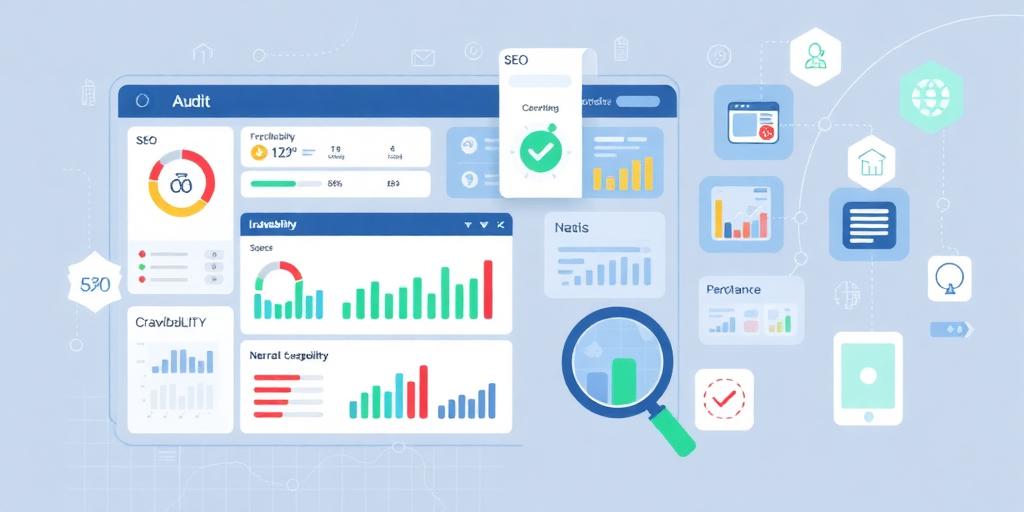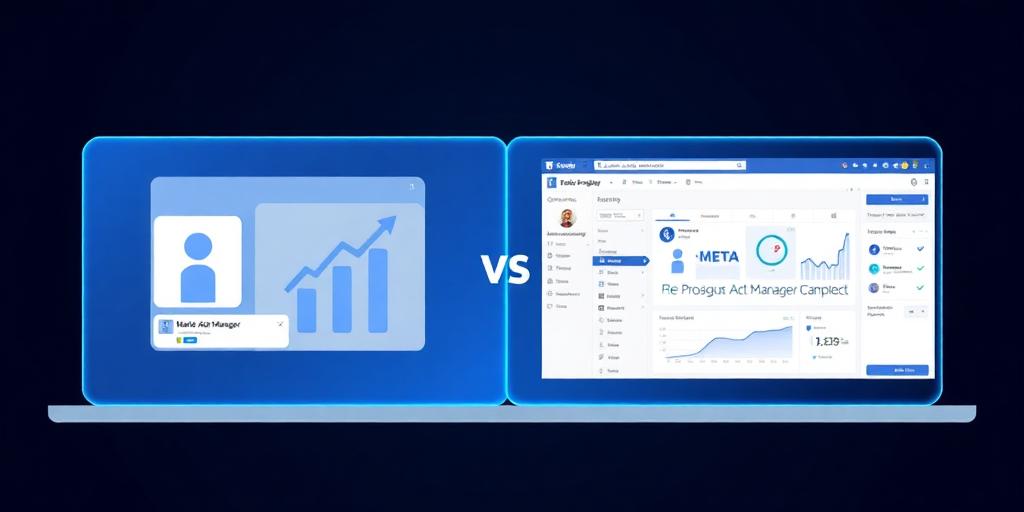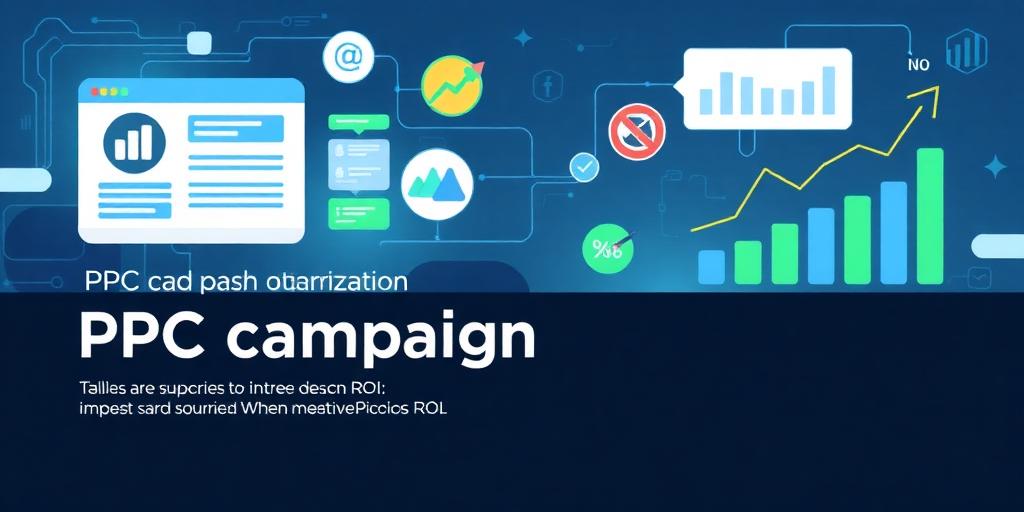What Is Technical SEO? A Non-Techie's Guide
Technical SEO can seem daunting, especially if you're not from a tech background. However, understanding the basics is crucial for ensuring your website ranks well in search engine results. This guide breaks down technical SEO into manageable concepts, offering actionable insights without overwhelming you with jargon.
What Exactly Is Technical SEO?
Technical SEO refers to optimizing various technical aspects of your website to improve its visibility in search engine results. Unlike on-page and off-page SEO, which focus on content and backlinks, technical SEO deals with the infrastructure of your site. This includes elements that affect how search engines crawl, index, and render your website.
Why Technical SEO Matters
Search engines like Google use algorithms to evaluate and rank websites. These algorithms consider factors like site speed, mobile-friendliness, and site architecture. A technically sound website ensures search engines can easily access and understand your content, leading to better rankings and increased organic traffic.
Key Components of Technical SEO
Let's explore some fundamental components of technical SEO that even non-techies can grasp:
1. Website Crawlability
What it is: Crawlability refers to a search engine's ability to access and explore all the pages on your website.
How to optimize:
- Robots.txt: This file tells search engine crawlers which pages or sections of your site they should not access. Ensure that important pages are not blocked.
- Sitemap: An XML sitemap lists all the important pages on your site, helping search engines discover and index your content more efficiently.
2. Website Indexing
What it is: Indexing is the process by which search engines add your web pages to their database after crawling them.
How to optimize:
- Index Coverage: Use Google Search Console to check which pages of your site are indexed. Address any indexing issues promptly.
- Noindex Tag: Make sure you're not accidentally using "noindex" tags on pages you want to appear in search results. This tag tells search engines not to index a specific page.
3. Mobile-Friendliness
What it is: With the majority of web traffic coming from mobile devices, ensuring your site is mobile-friendly is critical.
How to optimize:
- Responsive Design: Use a responsive design that adapts your website's layout to fit different screen sizes.
- Mobile Testing: Use Google's Mobile-Friendly Test to identify and fix mobile usability issues.
4. Site Speed
What it is: Site speed is the time it takes for your web pages to load. It's a crucial ranking factor and affects user experience.
How to optimize:
- Optimize Images: Compress images to reduce file size without sacrificing quality.
- Leverage Browser Caching: Enable browser caching to store static assets locally on users' devices, reducing load times on subsequent visits.
- Minify CSS and JavaScript: Reduce the size of your CSS and JavaScript files by removing unnecessary characters.
5. Site Architecture
What it is: Site architecture refers to how your website is structured and organized. A well-structured site is easier for both users and search engines to navigate.
How to optimize:
- Clear Navigation: Implement a clear and intuitive navigation menu that helps users find what they're looking for.
- Internal Linking: Use internal links to connect related content, helping search engines understand the context and relevance of your pages.
6. Structured Data Markup
What it is: Structured data markup (Schema.org) is code you add to your web pages to provide search engines with more information about your content. This can enhance how your site appears in search results.
How to optimize:
- Implement Schema: Use Schema.org vocabulary to mark up various elements on your pages, such as articles, products, and events.
- Test Your Markup: Use Google's Rich Results Test to ensure your structured data is implemented correctly.
Common Technical SEO Mistakes to Avoid
- Ignoring Mobile-Friendliness: Failing to optimize your site for mobile devices.
- Slow Site Speed: Neglecting to optimize images, leverage caching, and minify code.
- Duplicate Content: Having duplicate content across multiple pages without proper canonicalization.
- Broken Links: Allowing broken links to remain on your site, which can hurt user experience and SEO.
Getting Started with Technical SEO
- Audit Your Website: Use tools like Google Search Console, Google Analytics, and third-party SEO audit tools to identify technical issues.
- Prioritize Issues: Focus on the most critical issues first, such as crawlability and site speed.
- Implement Fixes: Work through the issues systematically, implementing the necessary fixes and optimizations.
- Monitor Performance: Continuously monitor your website's performance using analytics tools to track improvements and identify new issues.
Final Thoughts
Technical SEO doesn't have to be a mystery. By understanding the core principles and implementing the strategies outlined in this guide, even non-techies can significantly improve their website's search engine visibility. Start with the basics, stay consistent, and watch your site climb the search rankings.









